How to order wine like a pro
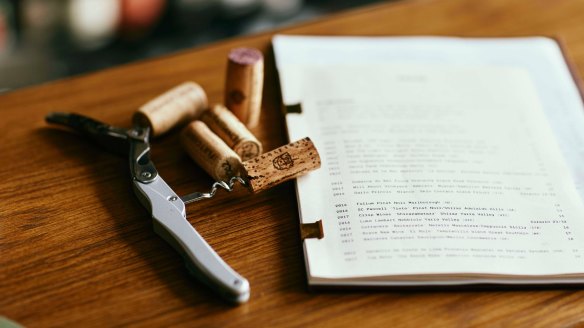
For months you've said, "We must catch up" and here you are, swapping stories around a table at the restaurant of the moment. A waiter approaches with a leather-bound tome so huge it may cripple her if she drops it on her foot. Or perhaps she has a single sheet of paper that reads like an adventure-romance script, packed with words such as "ancient", "amphora" and "skin contact".
Excellent – if you love an epic or fashion-forward wine list. Not so much if you'd rather stab yourself with a corkscrew than be the one who chooses for the table. To get the ordeal over with, you scan for something – anything – you recognise and can afford, only to find it costs three times more than at your local liquor barn. Even when you know wine sales help pay restaurant overheads and wages, it stings. That's an incentive to try wines you don't drink at home. But where to start?
Lean in as we uncork some vintage wine list wisdom.
Fancy an aperitif?
Let's flick past the spritz, cocktail, beer and sake listings; we're here to talk about drinks made from grapes.
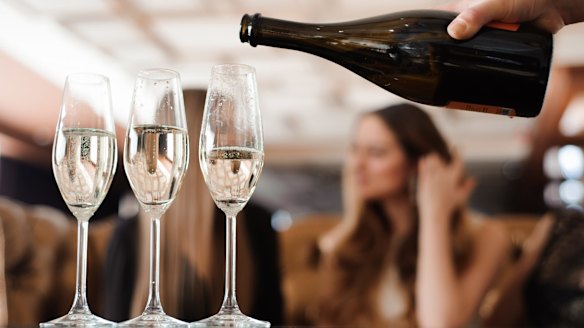
In the rare event you spy five kinds of sherry on the aperitif pages, do not run howling into the night or your nanna's house. They will likely be excellent and a bargain to boot. But you don't want sherry, do you? You want prosecco. Or champagne. You are celebrating and nothing else will do.
The restaurant's accountants know this and sparklings typically carry hefty markups, especially by the glass, although pours are often 120 millilitres, smaller than for still wines. If enough of you at the table want bubbles, head to the page listing sparkling wines by the bottle – you may find one for little more than the price of four individual glasses. Steer away from marquee champagne labels you could buy at any liquor mart. If a sparkling is listed as coming from Champagne and its name is new to you, chances are that more of its price tag went into the bottle than into sales campaigns; look for "grower" champagnes from small makers. Value hunters might choose sparklings from non-classic regions, such as French cremants.
Glass or bottle?
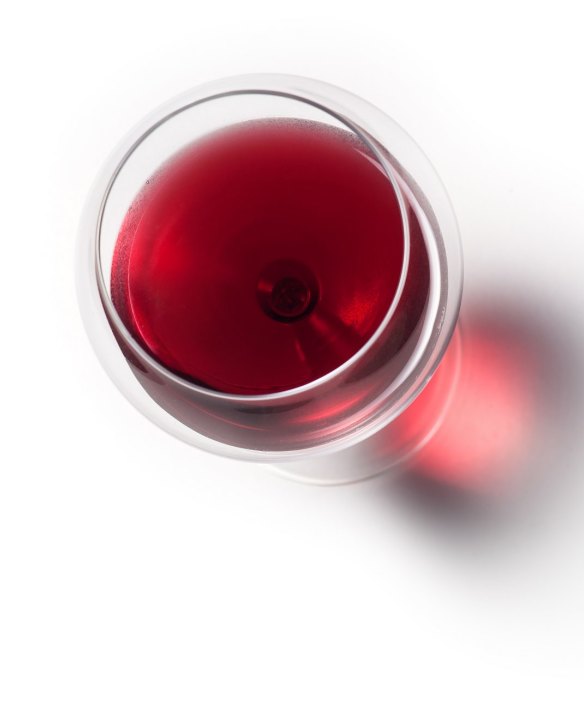
The by-the-glass page is a playground for sampling widely and stepping outside your comfort zone without getting stuck with a 750-millilitre mistake. If one of you ordered whiting while others are having venison, it makes food matching easy. Bottles usually provide better bang for buck and a wider range, plus you know they're freshly opened. That said, increasing use of preservation technology, such as the Coravin system, at top restaurants means their by-the-glass wines have never been better. Most Australian restaurants' glass pours for still wine are 150 millilitres – five per bottle. Check the by-the-glass page against prices for a bottle of the same wine if that will help you decide.
White or red?
Food-matching rules were made to be broken but on a long list they may help you home in on pages to focus on. For a shared Thai feast you may need to look no further than the aromatic whites that usually feature early on the list; for 12-hour lamb shoulder, flip past them to find something more robust.
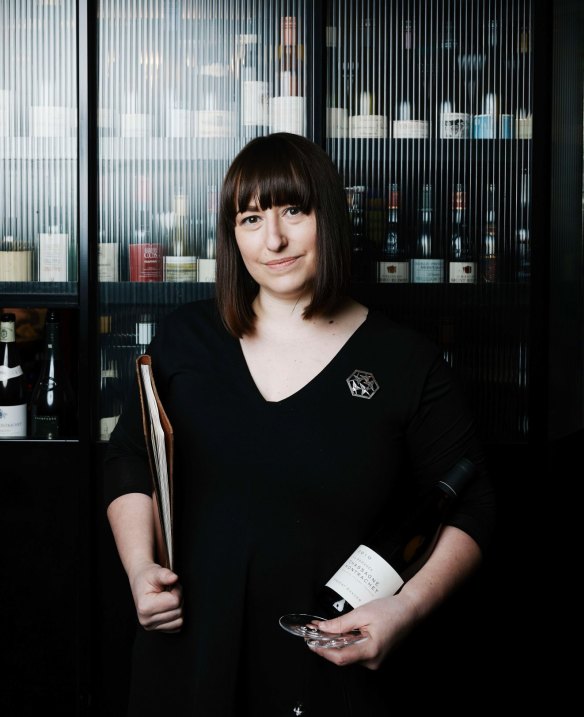
Regardless of colour, it's good to choose wines of similar "weight" to the food. Standard wine list layouts can help you deduce what those weights might be: usually, the varieties that appear first are lighter, with heavier wines coming later.
Lists that depart from this classic format, such as sommelier Max Gurtler's list at Sydney's Momofuku Seiobo, may be grouped according to style: for example, "structured, textural and savoury" whites or "light, complex, aromatic" reds.
Rosé or orange instead?
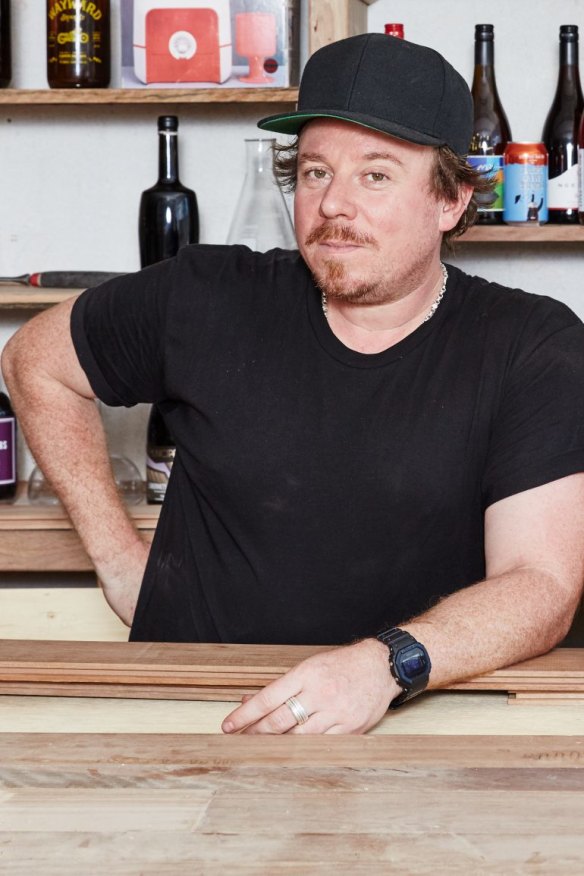
Often sandwiched between whites and reds, this section can be tricky. A pretty rosé that sings on poolside afternoons may be too sweet to shape up to steak – but the list might have a muscular cousin that will do nicely.
Colours are increasingly likely to include orange or amber. Sometimes called "skin-contact" wines, these are made from white grapes processed like red grapes, skins included with the juice as they ferment. Although some orange wines are gently tannic, juicy and food-friendly, others are funky, smoky and unashamedly weird. Seeking advice recommended.
What's with the random wines?
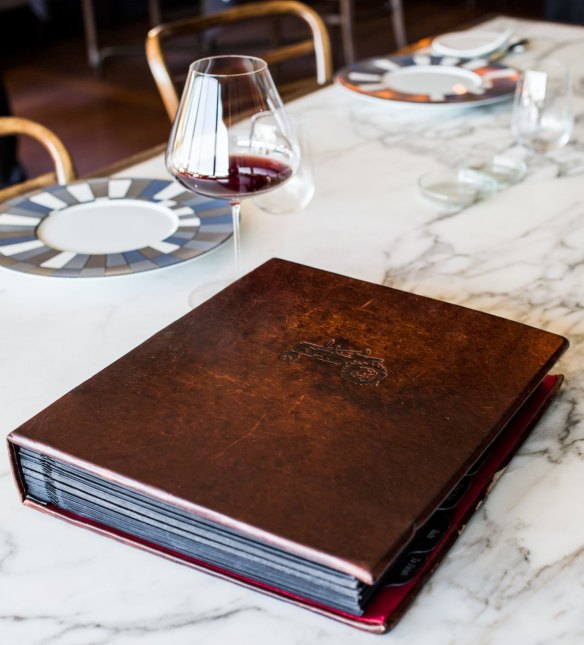
Oh look: a whole half-page of godello from Galicia. Or assyrtiko from Santorini. Or a category labelled "natural" or "minimal intervention". These may have been listed for their affinity with the menu. Otherwise, if something is out of the ordinary and there's plenty of it, it's probably the sommelier's not-so-secret passion and the wines should be good examples of their type. That doesn't mean you'll like them – but at least ask why they're there. It could be the start of something beautiful.
Neighbourhood watch
You'll generally find a region listed alongside the name of each wine. Many winegrowing regions are known for particular varieties: Coonawarra for cabernet sauvignon, Margaret River for sauvignon blanc-semillon blends, Mornington Peninsula for pinot noir, and so on. The same goes for imported wines. If you know which regions your favourite wines come from, keep an eye out as you look through the list. If your go-to at home is Chateau Stringbag shiraz from Big Boy Valley, you may enjoy Bloggs Estate shiraz from the same region.
A good year?
Card-carrying wine geeks may sweat over this but until you form a passion for a particular region you'll gain nothing from swotting up. A great year in the northern Rhone isn't necessarily good in Tuscany or southern Tasmania. But be wary of any list that doesn't specify a year for each wine: this suggests the restaurant doesn't care about vintage variation, or thinks customers don't. (Sparkling wines excepted: these are often marked "NV", meaning they are "non-vintage" blends of different years.) Few cheap whites are designed to age well; unless you're an aficionado of, say, aged riesling or semillon, choose recent vintages. The same goes for most rosés.
Sweet surrender?
Usually a short section, and one where the right food match is important because the wrong one may make the wine taste sour, or of not much at all. Broadly, the best bet for anything chocolate is a fortified such as port or treacly Pedro Ximenez sherry. Fizzy moscato can work with ice-cream. For puddings, pastries and their ilk, seek something sweeter than the actual dessert: look for words like "late-picked" or "late harvest". Sauternes or anything described as "noble" are the Christian Greys of the wine world: rich, intense and kinky, they're made from grapes infected with botrytis rot and are a dessert in themselves. Dessert wines often come in half-bottles: bear that in mind when comparing prices.
The best recipes from Australia's leading chefs straight to your inbox.
Sign up